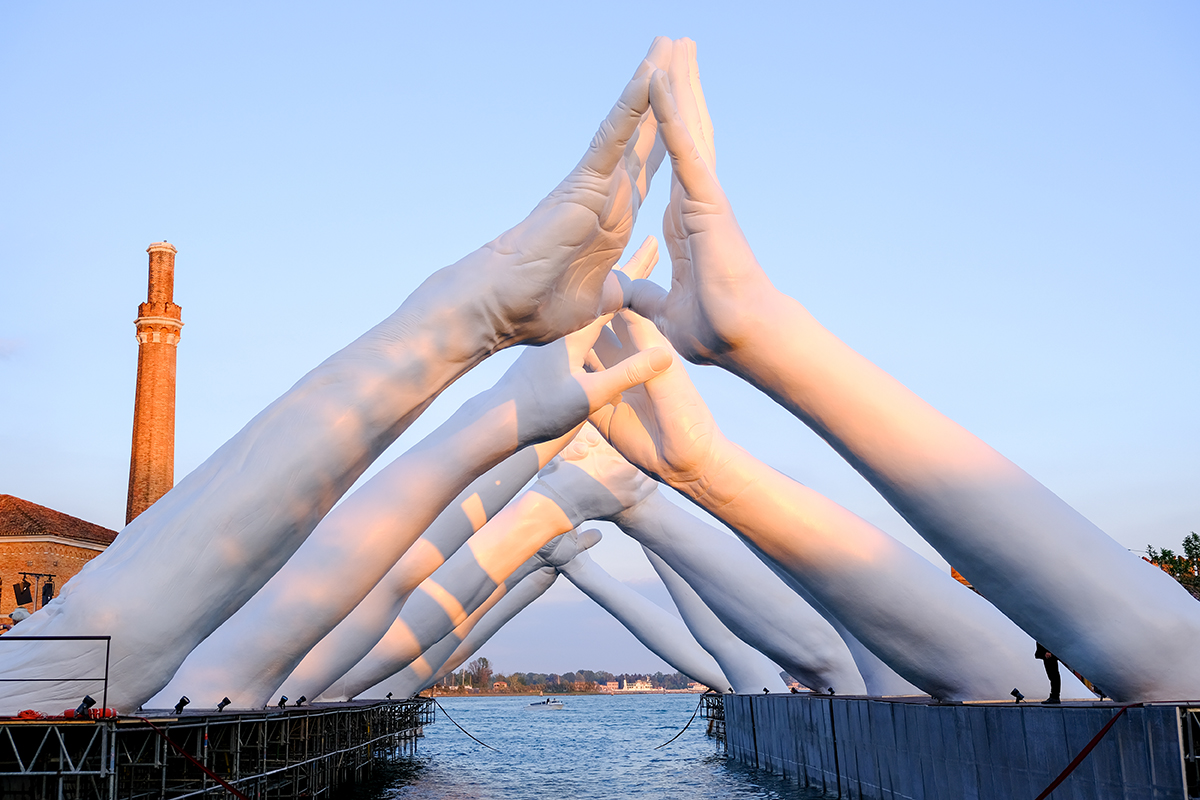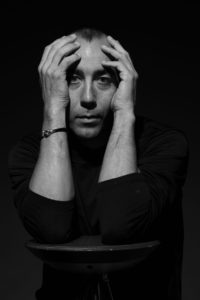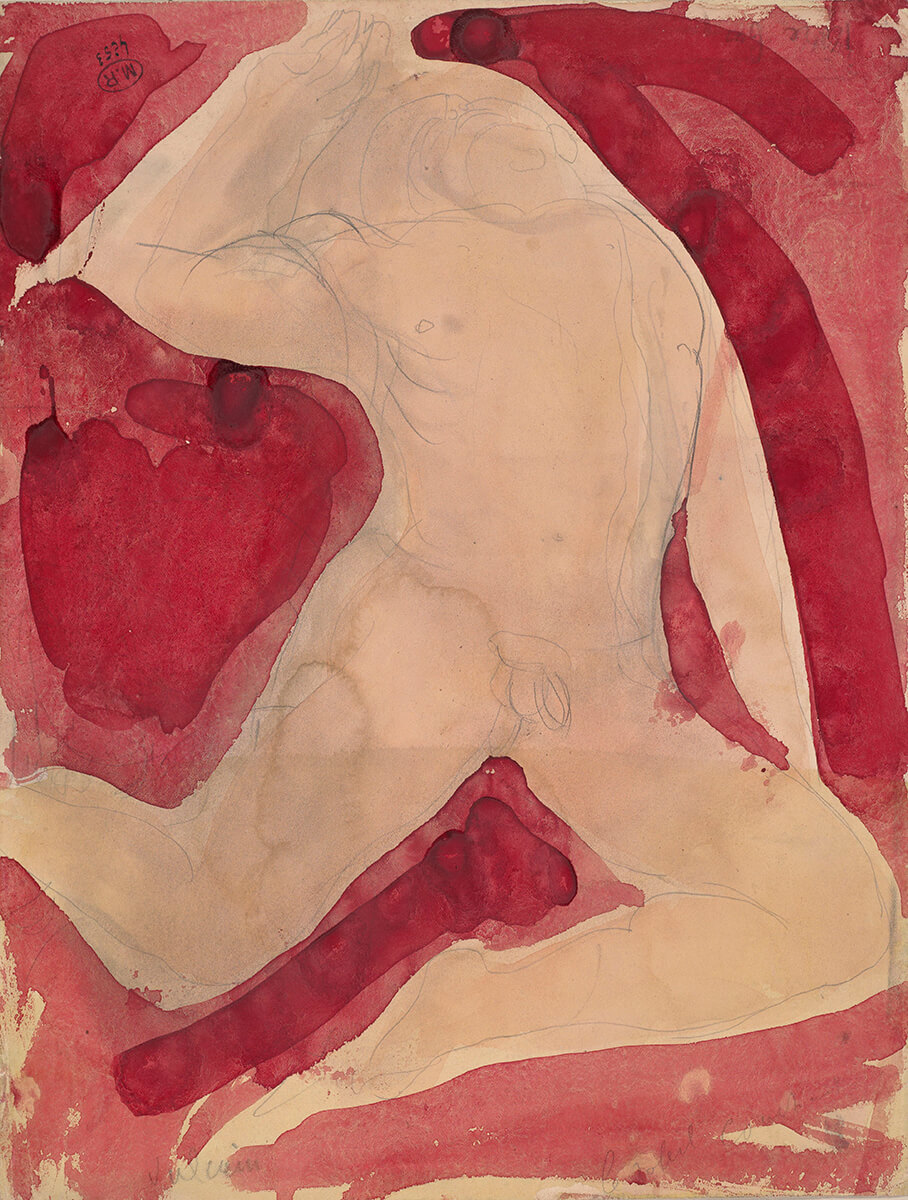
Building Bridges (at the Venice Biennale 2019) by Lorenzo Quinn
Italian artist Lorenzo Quinn has been commissioned to create artworks for the likes of the Vatican, the State of Qatar, and the Venice Biennale. Here, the sculptor speaks to Charlie Newman about poetry, the symbolism of hands, and durability.

Lorenzo Quinn
1. Can you talk us through your creative process from the conception of an idea to the finished piece?
Once I feel the inspiration, I begin by drawing a sketch of the idea. This sketch might change many times until I feel it is right. Then I make a model in my studio, this model could also vary from the sketch as I go. Finally, when I am satisfied with the model, we proceed to cast the piece in metal.
Follow LUX on Instagram: luxthemagazine
2. How does your approach differ when you’re working on public art compared to smaller sculptures?
The approach is the same, apart from when we are considering a sculpture with large dimensions, we also have to consider the public safety implications, engineering and durability. We might choose different materials or different ways of constructing and engineering the sculpture.
3. What compels you to sculpt the human body, and specifically, hands?
I choose hands because I want to have a dialogue with the public, to have a conversation, and we have to do [this] through a common language. If I did abstract art, it would be a monologue, not a dialogue. The hands allow me to get closer to the public through a language that everybody understands and relates to.

Support by Lorenzo Quinn
4. Do you have a preferred medium to work with?
Metals, especially bronze because of its durability.
Read more: Knight Frank’s 2020 Wealth Report focuses on insights for UHNWIs
5. You often pair poetry with your sculptures. How do you feel this contributes to the work?
I don’t conceive of one without the other. I need poetry to make the artwork or else it would be just a three-dimensional piece. I have always believed, nonetheless, that my sculptures need to go beyond that and into the fourth dimension, which is connecting with people and with the actual artwork. It’s about finding something beyond the physical, and poetry does that very well for me.

The Force of Nature I by Lorenzo Quinn
6. Which artists have been most influential on your practice?
The classic masters such as Michelangelo, Bernini, Rodin as well as Salvador Dali and my own father…
For more information visit: lorenzoquinn.com












Recent Comments